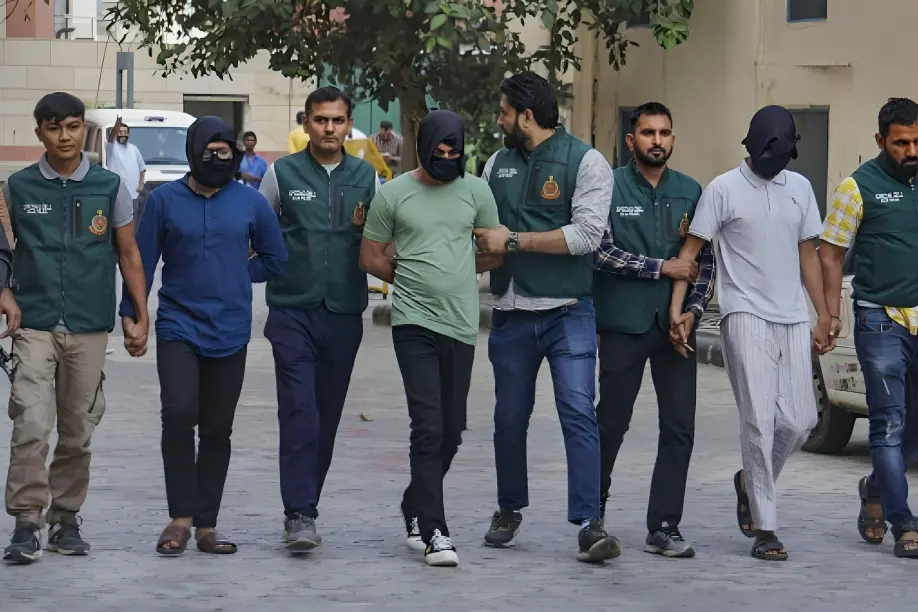Delhi Police busts ISIS-inspired module in multi-state raids, arresting 5 including postgraduate bomb expert Ashar Danish and B.Pharma student
 Brajesh Mishra
Brajesh Mishra

Delhi Police’s Special Cell, with support from central agencies, dismantled an ISIS-inspired terror module in coordinated raids across multiple states on September 9–10, 2025. Five individuals were arrested, including the alleged kingpin Ashar Danish, described by investigators as the “Professor” for his knowledge of chemical bomb-making.
The suspects were identified as:
The coordinated raids spanned Delhi, Mumbai, Ranchi, Madhya Pradesh, and Telangana after six months of surveillance. Police said the group operated under a “Khilafat model” to establish an ISIS-style caliphate in India, with plans to launch “Ghazwa-e-Hind” jihadist attacks.
Investigators revealed that the suspects communicated with Pakistan-based handlers through encrypted messaging apps such as Signal and Telegram, and underwent online training in Improvised Explosive Device (IED) assembly.
During the raids, authorities recovered:
Officials described the cache as resembling a “classroom of bombs.”
The arrested men aligned themselves with ISIS’s Ghazwa-e-Hind narrative, aimed at targeted killings and mass-casualty strikes. The group followed a two-tier model: first forming a Lashkar-style Khilafat unit, then escalating into violent jihad operations under ISIS influence.
Additional Commissioner of Police Pramod Kushwaha stated:
“The group was working on a two-fold plan—first to form a Lashkar-style Khilafat group, then to execute Ghazwa-e-Hind-style jihadist operations.”
A senior officer added the cell had been under close watch for months and was planning a major terror attack.
The arrests represent a significant counter-terrorism success, preventing what officials warned could have been a large-scale strike. The operation highlights the persistence of ISIS-inspired sleeper cells in India and the importance of sustained vigilance.






Sign up for the Daily newsletter to get your biggest stories, handpicked for you each day.
 Trending Now! in last 24hrs
Trending Now! in last 24hrs